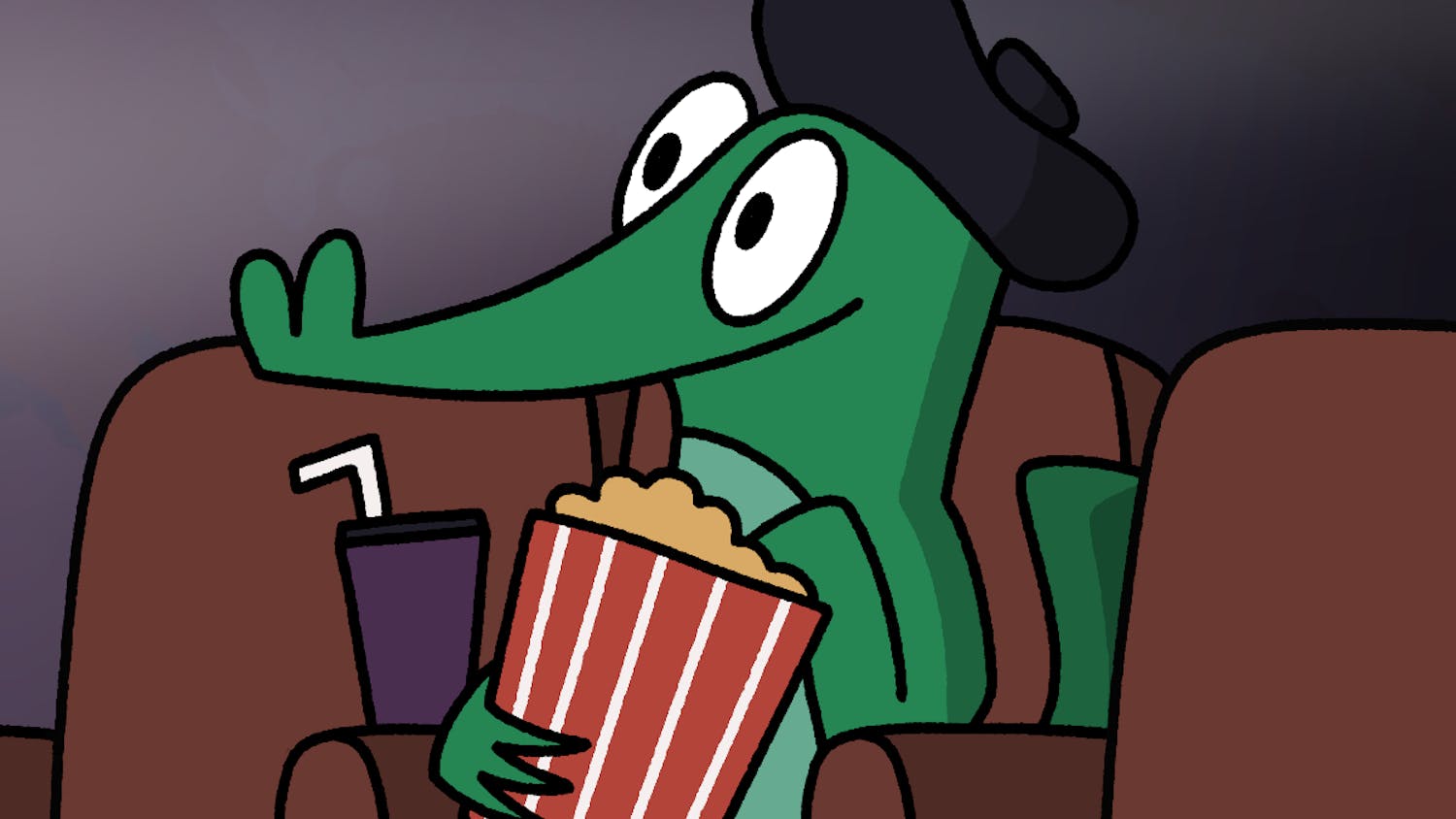The 2013 Polish black-and-white film, “Ida”, which will end its two-week run at the Hippodrome State Theatre this Sunday, is both a nuanced study of 1960s Eastern Europe and a coming-of-age film that feels familiar and strange at the same time.
Everyone can see something of themselves in its central story of a young woman at the brink of adulthood.
But not everyone can recognize themselves in the story of an orphaned Jewish nun who sets off into the Polish hinterland to honor the graves of her dead parents — victims of the Holocaust.
Yet, that’s exactly the character director Pawel Pawlikowski picks for his protagonist — and it works exquisitely.
At the film’s beginning, Ida is a Rembrandt-faced novitiate nun named Anna who is weeks away from taking her vows. Before taking the veil, she follows the request of her Mother Superior and sets out to meet her only living relative: an estranged aunt, Wanda, who holds a high rank in the Communist Party.
Far from being a warm reunion, the meeting with Wanda is cold and transactional — and it isn’t helped by Wanda’s bombshell revelation that the devout Catholic Anna is in fact a Jewish woman named Ida Lebenstein whose parents died under unknown circumstances during the Nazi occupation of Poland.
“I want to visit their graves,” Anna says, over old photos of a woman who looks like her.
“They have no graves,” Wanda says back. “Neither they, nor any other Jews.”
It’s clear from this conversation that the two are more like water and oil than Thelma and Louise. But this gulf between them narrows as they get closer to solving the mystery of the Lebensteins’ deaths.
Similarly, the clear distinctions between sin and virtue, good and evil that Ida clings to start to blur as she experiences life outside the convent. If this film has a moral, it may be that morality must coexist with immorality, as a conversation between Ida and Wanda suggests:
“Do you have sinful thoughts sometimes? About carnal love?” Wanda asks her niece, who shyly answers no.
“You should try,” Wanda rebuts. “Otherwise, what sort of sacrifice are these vows of yours?”
It’s a question Ida tries to answer for the rest of the film. The resultant transformation over the 80-minute movie is not punctuated by grand dramatic moments: There is no soundtrack that cues a revelation and no seamless editing that tells us what we should expect next.
Instead, climaxes are reduced to ellipses, and much of the film’s horrific revelations take place just barely offscreen. But rather than making it difficult to understand what is going on in the film, this technique helps put you in Ida’s position: looking into a world of forgotten secrets through keyholes and cracks in the door.
Even the framing of the shots makes this film feel like a story whispered in the dark: Frequently, the actors are framed in the extreme margins of the visible space, overshadowed by the emptiness and uncertainty of the background.
The weight of that open space never threatens to crush your interest in this film, though: It remains watchable and intriguing despite its avant-garde angles, subtitles and black-and-white photography. And given its subject matter, it is a film that is sure to resonate with most people, regardless of their ethnic heritage or interest in history.
[A version of this story ran on page 10 on 7/10/2014 under the headline "Lauded ‘Ida’ ends Hipp run Sunday"]





